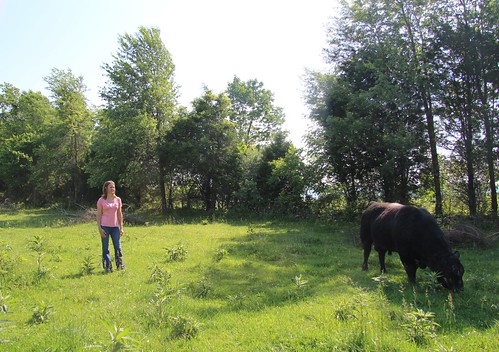
Farmers are unique in that they touch every single American every single day, because we all eat. Ensuring a continuity of agriculture is important to all of us. To take the pulse of U.S. agriculture, we conduct a Census of Agriculture every five years which gives us a comprehensive analysis of agriculture in America and supplements information from more than 400 other surveys we conduct each year.
Our last census was in 2012, and the resulting data showed a decline in the number of new and beginning farmers compared to the previous census in 2007. On top of that decline, we saw the average age of American farmers trending upward to 58 years old. The USDA took these two pieces of information and recognized the need to encourage new and beginning farmers.
One result of analyzing the data and understanding the need to promote new and beginning farmers can be seen in the 2014 Farm Bill. Among other things, it increased the flexibility for USDA Farm Service Agency (FSA) to offer financial assistance programs to new farmers. Amanda Robertson, one of FSA’s new beginning farmer regional coordinators works in Kentucky and Tennessee. She informs new and beginning farmers that the bill allows for broader application of disaster relief, disaster assistance, commodity insurance, farm start-up loans and agriculture-based loans, such as cattle loans to help them with start-up costs.
All of these programs have foundations in NASS surveys. We conduct more than 400 surveys annually, in addition to the Census of Agriculture every five years, and every response matters to make sure reliable data are available to administer the programs Amanda mentioned and many others. Long-time experts in the field know how important our data is, too.
“There is nothing better than the Census of Agriculture data to represent the small, limited-resource and minority farmer,” said Dr. Marion Simon, Kentucky State University state specialist for small and part-time farmers. “USDA can target its program delivery by understanding how many and where these farms are located. These data have also helped USDA change programs as new trends emerge. The Census of Agriculture is the only way to know many of these small farms are there.”
NASS employees and our National Association for State Departments of Agriculture enumerators work hard to get timely, accurate and useful data that gives a realistic view of agriculture in America. These surveys ultimately help our farmers in a variety of ways, whether it’s through new and beginning farmer programs, FSA farm payments, crop insurance or agricultural production statistics. We at USDA NASS are working together with producers to keep agriculture in America growing.



